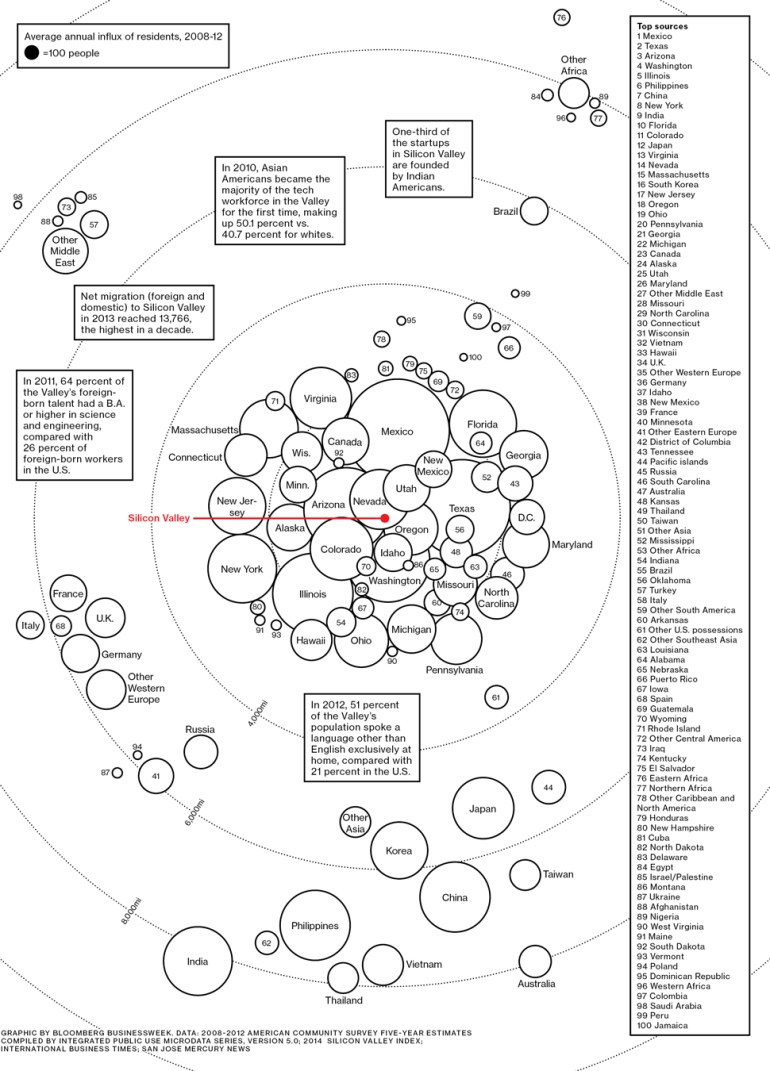As Software Eats The World
Tech people like me can sometimes come across as presumptuous/arrogant regarding the disruption of other peoples’ industries. It is possible this is an understatement. I am sure that some of my Twitter friends will expand on this for me.
From this side of the aisle, though, it’s less smugness, It’s more the result of hard experience and learning from our own lives and careers. In tech, our *own* businesses are disrupted by technology changes and new competitive entrants at whiplash-inducing rates. It’s shocking how quickly you can go from the hot disruptive upstart to the stodgy disrupted incumbent in tech frequently within 5 years.
I’ve probably been on the receiving end of disruption 30 times in the last 20 years, almost as many times as I’ve been on the giving end. Now, on the one hand, you might say, “How can people live like that? What’s wrong with a little stability?” But, what we see is: Frequent disruption is the handmaiden of rapid progress and it’s a blast to create and work amid rapid progress.
It’s not just the rapid progress of tech. It’s also the rapid growth of companies, and even better, rapid development of *people* and their talents. It’s hard to stay in tech for any period of time and not get good at rapid adaptation, skill acquisition, and new product creation. As software eats the world, the same disruption dynamics always present in tech are now applying to many more industries, fields, and professions. Rather than superiority/contempt, what a lot of us feel is deep sympathy/understanding, even if that’s not always how it comes across! Now we all have the opportunity to learn together, to make many parts of industry/life more innovative/dynamic, which is better for everyone.
[tweet https://twitter.com/mattkanessurbn/status/479301127809155072 align=”center”] [tweet https://twitter.com/SteveKoss/status/479301853323071489 align=”center”] [tweet https://twitter.com/GallowayHeather/status/479302083909545984 align=”center”] [tweet https://twitter.com/NelsonMRosario/status/479303481627770880 align=”center”] [tweet https://twitter.com/pmarca/status/479304862526492672 align=”center”] [tweet https://twitter.com/pmarca/status/479305325086904320 align=”center”] [tweet https://twitter.com/pmarca/status/479307770601017344 align=”center”]